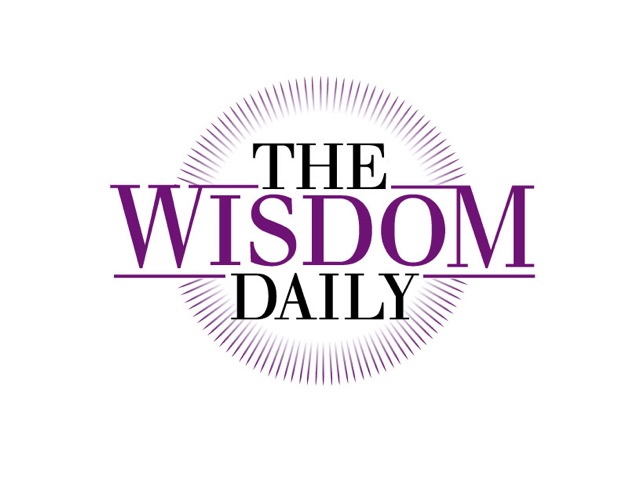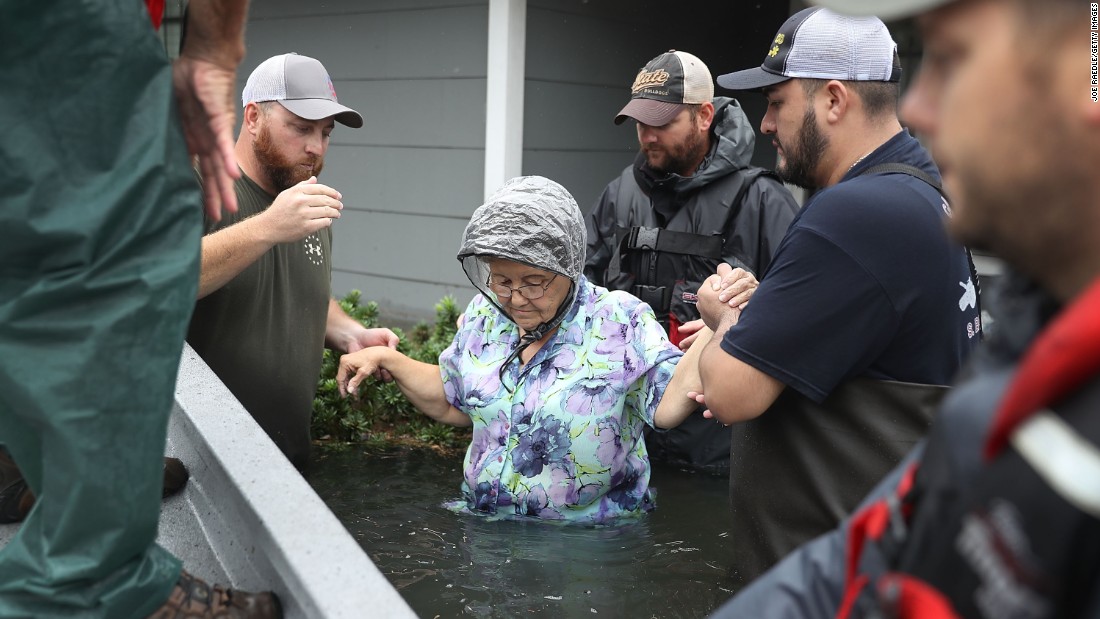Leon Wieseltier once wrote: “Ethical life is the transformation of there into here.”
Recently my congregation helped to ship much needed supplies to those in Houston devastated by Hurricane Harvey. We gathered water bottles, cleaning supplies, diapers and canned food. I was struck by the outpouring of support. We rented one truck, but soon realized that we required two. Strangers showed up at the synagogue with gifts in hand. They had heard that we were gathering supplies and wanted to contribute.
Although it was but a small token of what is required to rebuild and help Houston, and now Florida and the Caribbean islands, I was struck by how many wanted to help and how many jumped to participate. How did a once distant city become so near? For some it was obvious. They are from Houston and had family who was affected by the storm. For others, I imagine, it was their memories of Hurricane Sandy that impelled them to participate.
We still recall the flooded homes. We remember the weeks without power, or heat, or decent cellphone service. We still see the mountains of couches and appliances that waited to be carted away by trash companies. We hear the endless hum of chainsaws clearing downed trees and branches. We recall the parking lots converted into lumberyards filled with trees. There is a direct line between trauma and compassion. The wounds of yesterday make us more caring and even more giving.
If I can remember how it feels my hand might be opened to others. That would mean, however, that I must feel pain in order to respond to pain, that the primary source of our compassion comes from having experienced something similar. This cannot be enough. This is why Judaism is skeptical about relying on the heart. Instead it builds a system around obligation. We are commanded to help others. The heart might sometimes impel us to reach out to others. And other times the heart might shut closed.
How many images of the devastation now from Hurricane Irma can we continue to watch? We find ourselves turning away from the news. We return to the humdrum of our daily lives. We speak about the wrenching pictures less and less. What more can we do? And yet we must do more. People require help. Remember our obligation to others.
And yet we never even mention the 1400 people recently killed by the monsoon in South Asia. Millions were forced to flee from their homes. It is so far away. It remains there, at the edge of our concern. Few have even traveled to these countries. Far more of us have visited some of the Caribbean islands in Irma’s path. So there is hope that we might help those now recovering. I stood on that beach. I sat at the restaurant.
The senses become dulled over time. Must every there be transformed into here for me to lead an ethical life? We become fatigued.
There are limits not only to our resources but also our compassion. First we must care for those closer to home. Houston moved to our doorstep. Will St. Thomas be transformed as well? There must be another way of transforming there into here. The whole world cannot get so near. My heart is not so large. Or is it?
In the Hebrew language the word for compassion is related to womb. It is often explained in this way. A mother cares for the life she carries. She nurtures it. Her body gives it life. It is her compassion that brings life into the world. On this occasion, however, I am plagued by the question of how compassion is birthed. If it only comes from my pain then each and every far away place will be left to its disasters and cruelties until that time when my trauma is awakened and I am impelled to reach out. And if I never knew such pain then I will turn the newspaper to another story.
And then I opened the paper and saw the pictures of those shoes. It was the pile of shoes stacked outside a mosque in Kabul that sparked my compassion. A terrorist attacked a mosque and killed 40 people. No one knew what to do with the shoes that worshippers left at the door as they entered the mosque for prayer. I stared at the picture.
All I could think about was the piles and piles of shoes stacked at Auschwitz. Each pair represented a life that was murdered, a person who would walk no more, who would no longer enjoy the pleasures of life or even its troubles. This affected me far more than the countless pictures of devastation from our recent hurricanes. I struggled to understand its message. Even though I recall 9-11 and feel a kinship with those murdered by terrorists, I suspect there was something more at work.
As I stared at the shoes I realized this is my story as well. This is my history too. Although I lost no family members in the Holocaust, the history of my people’s suffering has found its way into my soul. It impels me not so much to be on guard against antisemitism as much as to open my heart to others who are victimized and persecuted.
It was the shoes. They reignited the memory of my story. And my story always impels me to help. That is what stories are supposed to do.
And in that moment Kabul did not seem so distant, nor even Mumbai, and for however briefly the world did not appear so large. I might only be able to offer tokens of assistance but my heart can certainly be enlarged and my compassion reawakened.
In this tempestuous month I pray that might offer some measure of comfort. At the very least I no longer feel as fatigued. I find myself once again inspired to open my hand.
Rabbi Steven Heneson Moskowitz is the rabbi of Congregation L’Dor V’Dor, a vibrant synagogue on Long Island’s North Shore. His writing appears in a variety of publications including Reform Judaism and The Times of Israel. He also blogs at rabbimoskowitz.com

